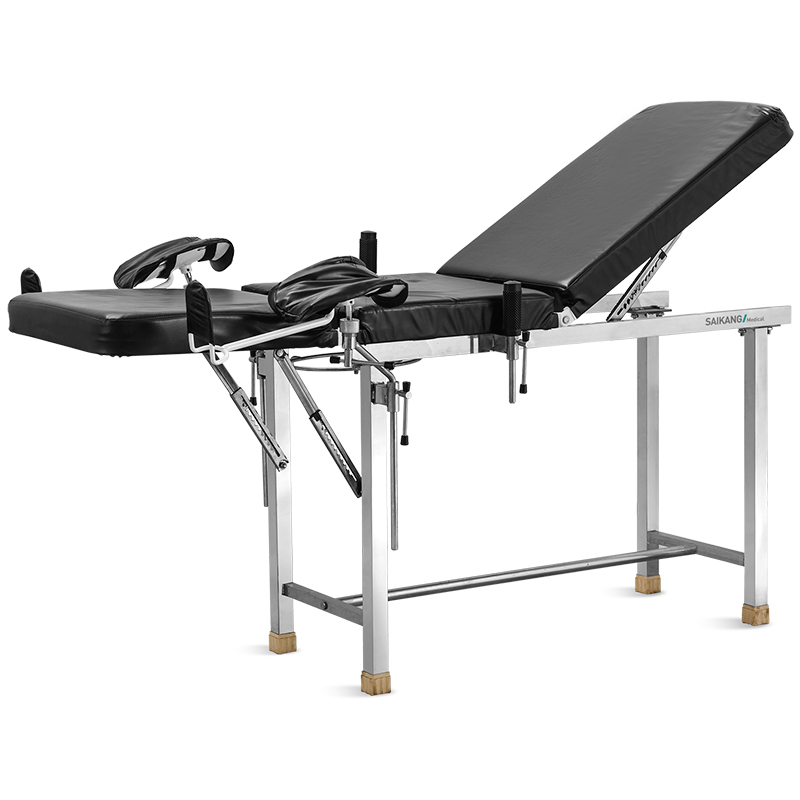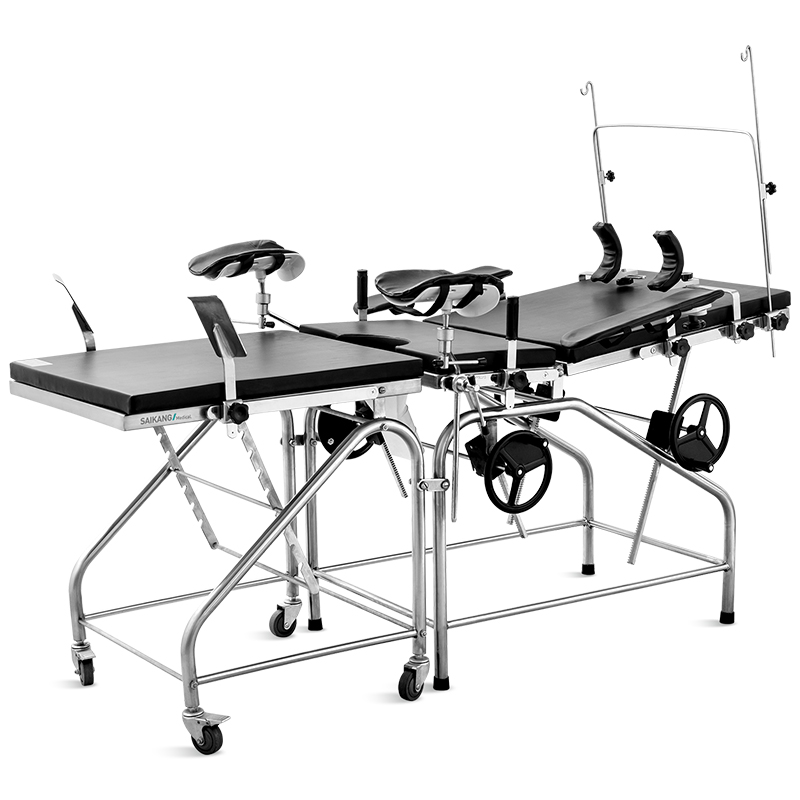Operating room tables are narrow to ensure patient safety and surgical efficiency. Their design allows doctors easy access to the patient. Working room tables assume an urgent part in surgeries. Their importance lies in giving dependability and openness, pivotal for the outcome of any activity. Besides, the tight plan of these tables is not a simple happenstance. It’s an essential decision, improving mobility for clinical experts during medical procedures. This plan takes into consideration ideal patient situating, guaranteeing careful accuracy. Learn details why are operating room tables so narrow.

Different types of operating room tables
Working room tables come in different kinds, each intended to take care of explicit careful necessities.
General Surgery Tables: These are the most widely recognized kind of working room tables . They are flexible and movable, taking care of a large number of surgeries. With highlights like level change and slant capabilities, they give specialists the adaptability they need during activities.
Orthopaedic Tables: Planned explicitly for muscular medical procedures, these tables accompany exceptional connections for situating the patient’s appendages during medical procedures. They offer upgraded soundness and access, making them ideal for systems including bones and joints.
Radiolucent Tables: These tables are intended to be viable with imaging gear. Produced using materials that permit X-beams to go through, they empower specialists to utilize constant imaging during a medical procedure, upgrading accuracy and results.
Bariatric Surgery Tables: These are powerful tables intended to help patients with higher body weight. They are worked to endure weighty burdens, guaranteeing patient well-being during bariatric surgeries.
Pediatric Surgery Tables: Custom-made for the little ones, these tables are more modest in size and accompany extra security highlights. They guarantee the solace and security of pediatric patients during medical procedures.
Ophthalmic Surgery Tables: These tables are intended for medical procedures including the eye. They are generally smaller and accompanied headrests to help the patient’s head during sensitive eye medical procedures.
Why are operating room tables so narrow?
Anyway, Why are operating room tables so narrow? How about we separate it:
-
Historical Context
Evolution of Operating Room Tables
Working room tables have progressed significantly since their origin. At first, they were straightforward wooden stages with restricted flexibility. Over the long run, progressions in clinical innovation and careful procedures required more refined plans. The present surgical tables are designed with accuracy, offering different acclimations to oblige various methods.
Factors Influencing Early Designs
Early operating tables were influenced by several factors:
Space Constraints: Working rooms were in many cases little, and space impediments directed the size of the tables. Thin tables took into consideration better mobility inside these restricted spaces.
Minimalist Approach: Specialists required a steady surface, yet over-the-top highlights were kept away to forestall mess and work with simple cleaning.
-
Functional Considerations
Surgical Access and Maneuverability
Restricted tables improve careful access. Specialists can situate themselves near the patient, limiting the need to stretch or strain during techniques. This closeness further develops accuracy and lessens exhaustion.
Optimization of Space Within the Operating Room
Working rooms house different hardware, including sedation machines, screens, and careful instruments. A restricted table guarantees proficient usage of accessible space, permitting other fundamental gadgets to be situated around it.

Compatibility with Medical Equipment and Surgical Team Dynamics
Present-day surgical tables incorporate flawlessly imaging hardware (like C-arms) and automated frameworks. Their thin plan guarantees that these gadgets can be effectively moved around the patient during medical procedures. Also, the careful group can work amicably without a deterrent.
-
Patient Safety and Comfort
Minimization of Patient Movement During Procedures
A tight table limits pointless patient development, lessening the gamble of coincidental injury during medical procedures. Lashes and cushioning secure the patient set-up.
Prevention of Pressure Injuries
Pressure ulcers (bedsores) can happen assuming patients lie on hard surfaces for expanded periods. Thin tables convey weight all the more equally, limiting the gamble of strain-related entanglements.
Support for Patient Positioning and Stability
Surgical tables permit exact changes, guaranteeing ideal patient situating. Whether it’s lithotomy (legs raised), recumbent (level on the back), or parallel (as an afterthought), the restricted surface gives dependability.
-
Sterility and Infection Control
Facilitation of Aseptic Technique
Tight tables improve on the hanging system. Sterile covers can be firmly gotten, keeping a sterile field around the careful site.
Ease of Cleaning and Sterilization
Smooth, tight surfaces are more straightforward to completely spotless. Surgical tables go through thorough sanitization conventions between systems to forestall cross-defilement.
Reduction of Potential Contamination Risks
A limited table limits holes where garbage or liquids can be collected. This diminishes the gamble of contamination transmission.
-
Adaptation to Modern Surgical Practices
Integration with Specialized Surgical Techniques
From negligibly intrusive methodology to mechanical helped medical procedures, limited tables oblige different strategies. Specialists can change the table’s level, slant, and parallel situation on a case-by-case basis.
Advancements in Table Design and Technology
Makers constantly improve, consolidating ergonomic elements, mechanized changes, and radiolucent materials. These progressions improve patient results and specialist fulfilment.
Final Thoughts
Operating room tables are crucial in emergencies where every second counts. Furthermore, the narrowness helps in the precise positioning of the patient. So, while they may seem uncomfortably narrow, these tables play a vital role in successful surgical outcomes.
 Professional medical equipment supplier
Professional medical equipment supplier
